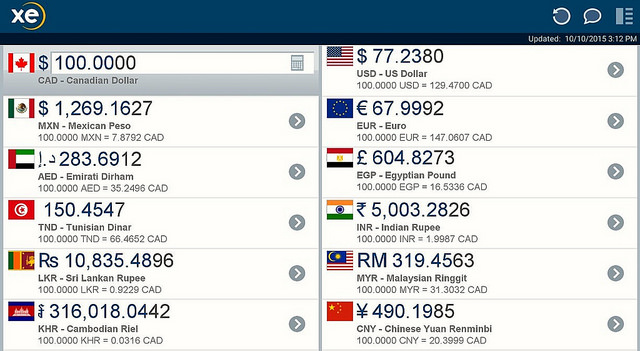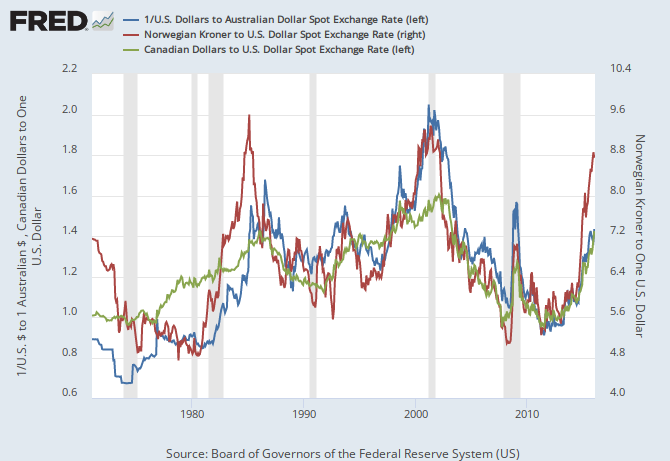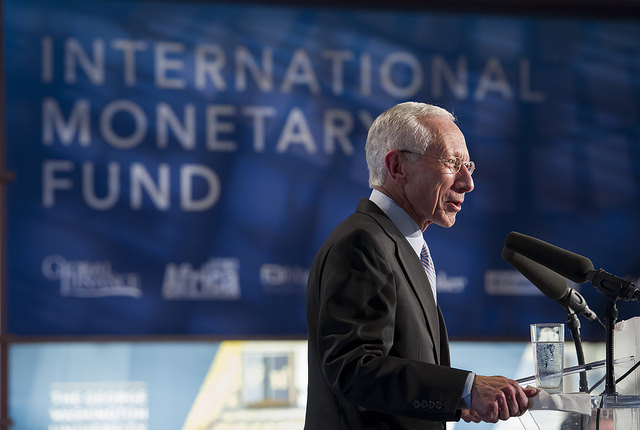Cheapness versus Economic Cyclicality

This is the first of a series of related posts. ?I took a one month break from blogging because of business challenges. ?As this series progresses, I will divulge a little more about that.
When I look at stocks at present, I don’t find a lot that is cheap outside of the stocks of companies that will do well if the global economy starts growing more quickly?in nominal terms. ?As it is, those companies have been taken through the shredder, and trade near their 52-week lows, if not their decade lows.
Unless an industry can be done away with in entire, some of the stocks an economically sensitive industry will survive and even soar on the other side of the economic cycle. ?At least, that was my experience in 2003, but you have to own the companies with balance sheets that are strong enough to survive the through of the cycle. ?(In some cases, you might need to own the debt, and not the common equity.)
The hard question is when the cycle will turn. ?My guess is that government policy will have little to do with the turn, because the various developed countries are doing nothing to clear away the abundance of debt, which lowers the marginal productivity of capital. ?Monetary policy seems to be pursuing a closed loop where little?incremental lending gets to lower quality borrowers, and a lot goes to governments.
But economies are greater than the governments that try to milk them. ?There is a growing middle class around the world, and along with that, a growing need for food, energy, and basic consumer goods. ?That is the long run, absent war, plague, resurgent socialism, etc.
To give an example of how markets can decouple from government policy, consider the corporate bond market, and lending options for consumers. ?The Fed can keep the Fed funds rate low, but aside from the strongest?borrowers, the yields that lesser borrowers?borrow at are high, and reflect the intrinsic risk of loss, not the temporary provision of cheap capital to banks and other strong borrowers.
It’s more difficult to sort through when accumulated organic demand will eventually well up and drive industries that are more economically sensitive. ?Over-indebted governments can not and will not be the driver here. ?(Maybe monetary policy like the 1970s could do it… what a thought.)
So, what to do when the economic outlook for a wide number of industries that look seemingly cheap are poor? ?My answer is buy one of the strongest names in each industry, and then focus the rest of the portfolio on industries with better current prospects that are relatively cheap.
Anyway, this is the first of a few articles on this topic. ?My next one should be on industry valuation and price momentum. ?Fasten your seatbelts and don your peril-sensitive sunglasses. ?It will be an ugly trip.




